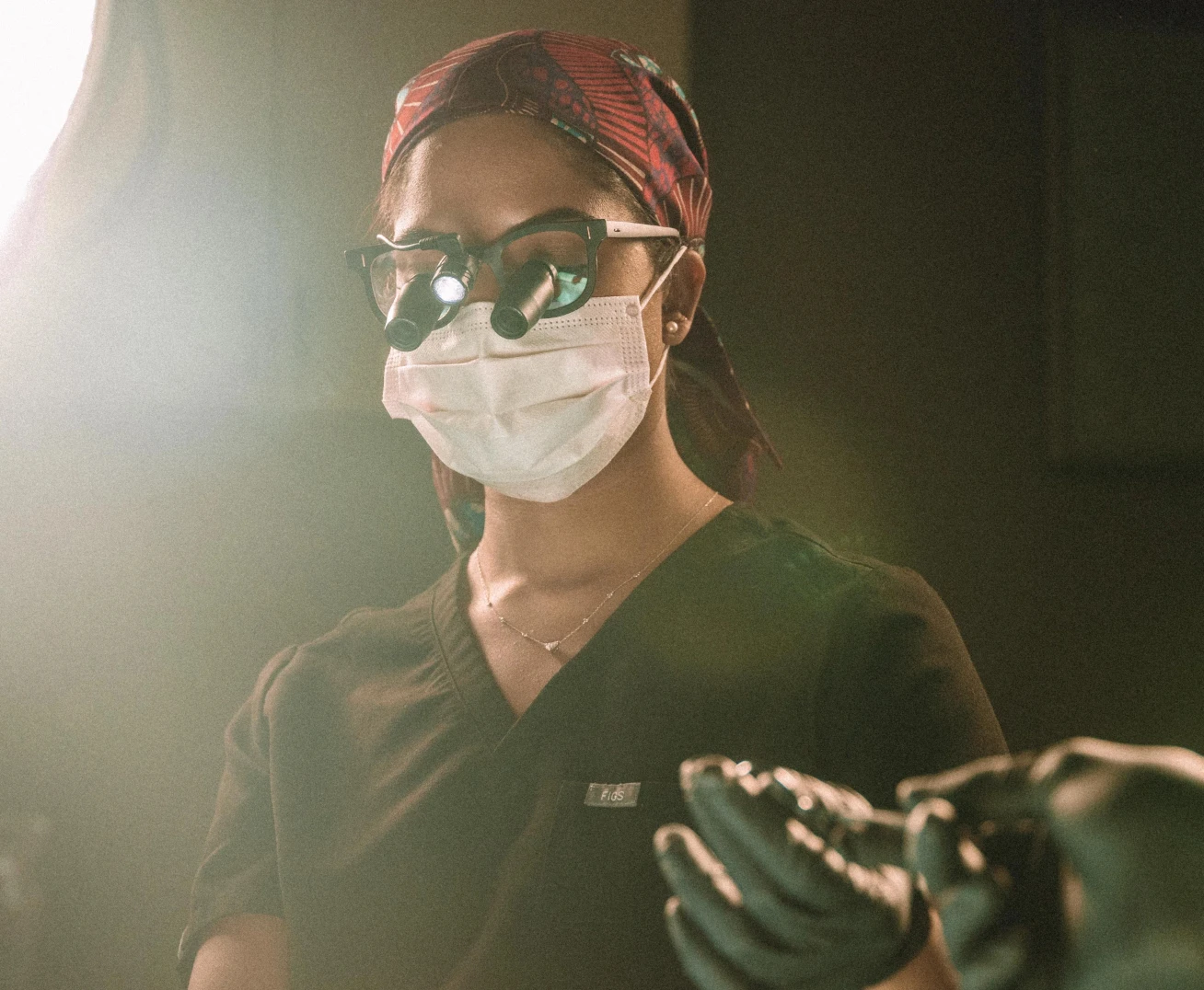Where Are the Incisions and Scars for Mole Removal?
The placement of incisions and potential scarring depend on the mole removal technique used. Shave excision and laser removal usually leave little to no visible scarring, as they do not require stitches, but surgical excision, which removes deeper moles, may leave a small, fine-line scar that fades over time. Dr. Landford uses specific techniques to minimize scarring, and post-procedure care, such as keeping the area moisturized, avoiding sun exposure, and using scar treatments, can further reduce the appearance of any marks.



